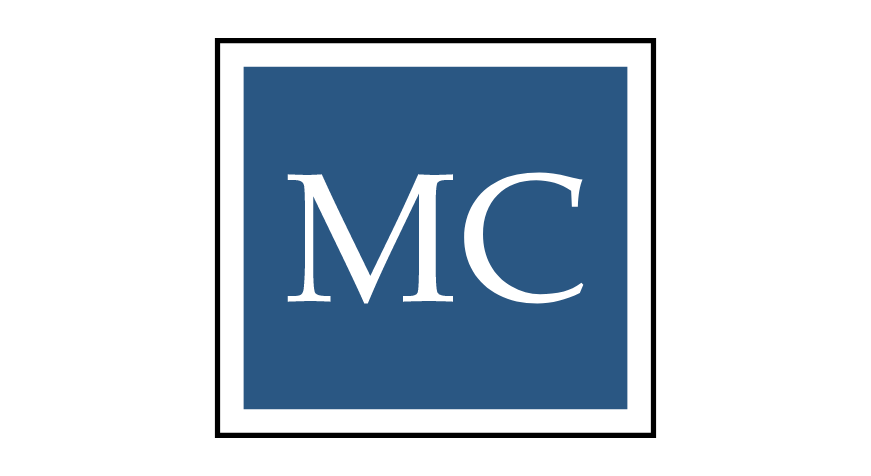General Loan Forgiveness FAQs
Question: Which loan forgiveness application should sole proprietors, independent contractors, or self-employed individuals with no employees complete?
Answer: Sole proprietors, independent contractors, and self-employed individuals who had no employees at the time of the PPP loan application and did not include any employee salaries in the computation of average monthly payroll in the Borrower Application Form automatically qualify to use the Loan Forgiveness Application Form 3508EZ or lender equivalent and should complete that application.
Question: If a borrower submits a timely loan forgiveness application, does the borrower have to make any payments on its loan prior to SBA remitting the forgiveness amount, if any?
Answer: As long as borrower submits its loan forgiveness application within ten months of the completion of the Covered Period (as defined below), the borrower is not required to make any payments until the forgiveness amount is remitted to the lender by SBA. If the loan is fully forgiven, the borrower is not responsible for any payments. If only a portion of the loan is forgiven, or if the forgiveness application is denied, any remaining balance due on the loan must be repaid by the borrower on or before the maturity date of the loan. Interest accrues during the time between the disbursement of the loan and SBA remittance of the forgiveness amount.
The borrower is responsible for paying the accrued interest on any amount of the loan that is not forgiven. The lender is responsible for notifying the borrower of remittance by SBA of the loan forgiveness amount (or that SBA determined that no amount of the loan is eligible for forgiveness) and the date on which the borrower’s first payment is due, if applicable.
Got more PPP questions? Visit:

